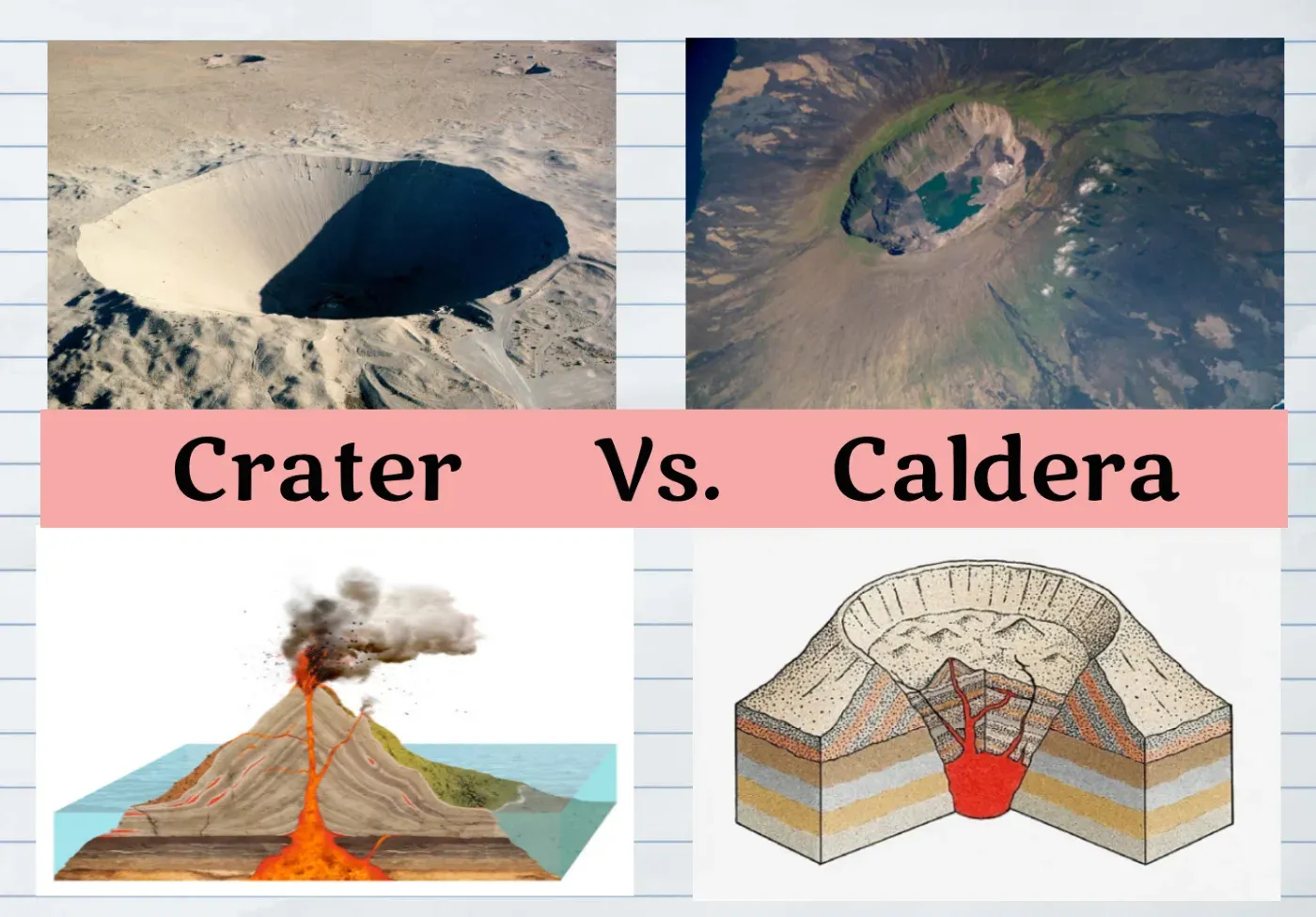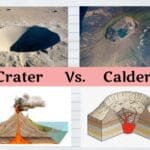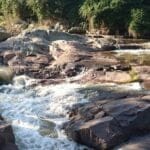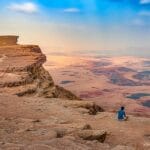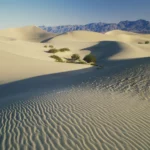Get ready to be wowed by the mind-blowing forces that shape our Earth! In this volcanic adventure, we’ll dive into the epic battle between two geological giants: craters and calderas. Picture this: giant bowls in the Earth’s surface, each with a unique story to tell. One’s a baby volcano with a punchy explosion, while the other’s a massive monster left by a supercharged blast. Curious? Buckle up and let’s unravel the secrets of these volcanic rockstars!
Crater vs Caldera: It’s Like Comparing a Volcano’s Hiccup to its Burp
Ever looked at pictures of volcanoes and wondered about those big, bowl-shaped dips? You’re not alone! Those are craters and calderas, and while they might seem similar at first glance, they’re as different as a volcano’s hiccup is to a full-blown burp. Let’s dig in!
Craters: The Aftermath of a Volcanic Tantrum
Imagine a volcano throwing a massive temper tantrum, spewing out hot rocks, ash, and gas in a fiery fury. The aftermath of that explosive outburst is often a crater. Think of it like the dent left behind in a pillow after a good night’s sleep – just a whole lot hotter! Craters are usually shaped like a bowl and sit right at the top of the volcano, marking the spot where all that fiery stuff blasted out. They tend to be smaller, measuring a few hundred meters across.
Calderas: When a Volcano’s World Caves In
Now, let’s talk about calderas – the real heavyweights of the volcanic world. These aren’t just dents; they’re colossal collapses! Imagine a volcano emptying its entire magma chamber in one go. The ground above, with nothing to support it anymore, caves in on itself, creating a massive, basin-shaped depression that can stretch for miles. To put it into perspective, if a crater is a dent in a pillow, a caldera is like someone taking a giant cookie cutter to the Earth’s crust!
But Aren’t All Calderas Just Really Big Craters?
Here’s the thing – while all calderas start as craters, not all craters become calderas. It’s like saying all thumbs are fingers, but not all fingers are thumbs. Calderas are a specific type of crater formed through a much more dramatic process – that massive collapse we talked about. They’re like the granddaddies of craters, often filled with lakes or even new volcanic cones!
Scientists believe this difference in formation is a key distinction. The explosive power of an eruption creates a crater, while the collapse of a magma chamber creates a caldera.
Beyond the Surface: The Lasting Impact of Craters and Calderas
Craters and calderas aren’t just cool geological features; they play a significant role in shaping volcanic landscapes. Craters act like open chimneys, allowing for further eruptions and the release of volcanic gases. Calderas, with their massive size, can host entire ecosystems, from serene lakes to bubbling hot springs, showcasing the incredible power of nature to both destroy and create.
So, the Next Time You See a Volcanic Dip…
Remember, it’s not just a hole in the ground—it’s a story of fiery eruptions, colossal collapses, and the ever-changing face of our planet!
How is a caldera different from a crater?
Okay, so we’ve been talking about volcanoes, right? And you know how eruptions can really shake things up, literally! Well, all that fiery action leaves its mark on the earth in some pretty dramatic ways. We call those marks craters and calderas. Now, they might both look like big ol’ holes in the ground, but trust me, there’s a difference.
Think of it like this: a crater is what happens when a volcano throws a bit of a tantrum. It’s like the volcano burping out a bunch of hot rocks, ash, and lava. All that stuff blasts out from the top, and boom – you’re left with a crater. They’re usually kind of round and bowl-shaped, like a giant soup bowl sitting on top of a volcano. And they’re not small, mind you, but compared to a caldera, they’re practically tiny – maybe a few hundred meters across.
Now, a caldera… a caldera is a whole different beast. Imagine the volcano isn’t just burping, it’s completely emptied its stomach. We’re talking about a massive chamber of magma, all that molten rock that lives beneath a volcano, suddenly being released. What happens? Well, all that ground above it? It has no support anymore, so it collapses in on itself. And that’s how you get a caldera – a HUGE depression, sometimes stretching for kilometers. We’re talking about landscapes being completely reshaped!
To put it simply, the main difference between craters and calderas is all about scale and how they form. Craters are like the little sibling, formed by explosions, while calderas are the big kahuna, formed by collapses.
But here’s the thing about geology, it’s not always cut and dry. There are always exceptions, and sometimes the lines between these features can get a little blurry. Plus, new research is always popping up, giving us new insights into how these incredible formations come to be. So, the next time you see a picture of a volcanic crater or caldera, think about the awesome power that created it!
What is the Difference Between a Crater and a Caldera?
The difference between a crater and a caldera is a topic that has been debated for centuries. To learn more about this, read what is the difference between a caldera and a crater.
Let’s simplify this geological puzzle:
- Craters: Imagine a volcano erupting with fiery fury, spewing molten rock and ash. This explosive eruption carves out a bowl-shaped depression at the volcano’s summit—that’s your crater. Craters are like the aftermath of a volcanic tantrum.
- Calderas: Now, picture a volcano emptying its entire magma chamber in one colossal eruption. The ground above, losing its support, collapses inward, creating a massive, basin-like depression—that’s a caldera. It’s like the Earth taking a giant bite out of itself!
While all calderas begin as craters, not all craters transform into calderas. The distinction lies in the scale and the process of formation.
Think of it this way:
- Crater: A volcano sneezes, creating a small dent (the crater) at its peak.
- Caldera: A volcano throws up its insides, leaving a massive sinkhole (the caldera).
Here’s a handy table to highlight the key differences:
| Feature | Crater | Caldera |
|---|---|---|
| Size | Relatively small (meters to hundreds of meters) | Much larger (kilometers) |
| Formation | Explosive eruption | Volcanic collapse |
| Location | Volcano summit | Can form anywhere on a volcano |
Is Crater Lake an example of a caldera?
We’ve been talking about these awesome volcanic formations, craters and calderas, and how they’re different. Craters are like the little brothers, appearing at the top of volcanoes after an eruption blows a hole in the summit. Calderas, though? They’re the giants of the family. Picture this: a volcano erupts so violently that its insides, the magma chamber, end up empty. What’s left is a massive, sunken basin that could stretch for miles – that’s your caldera.
So, back to Crater Lake. It’s a bit confusing, right? The name makes it sound like a crater, but is it really a caldera?
You bet it is! Crater Lake might have “crater” in its name, but it actually sits inside a huge caldera. Imagine this: about 7,000 years ago, a massive volcano called Mount Mazama blew its top in a truly epic eruption. The eruption was so powerful that it emptied out the volcano’s insides, causing the whole thing to collapse in on itself. This created a massive basin, and over time, rainwater and snowmelt filled it up, forming the stunning Crater Lake we see today.
Here’s the lowdown:
- Craters are formed by explosive eruptions that blast a hole in a volcano’s summit. Think of it like a volcano getting a little too excited and blowing its top.
- Calderas are formed when a volcano collapses inward after a massive eruption. It’s like the volcano ran out of steam and deflated.
- Calderas are much larger than craters and often fill up with water to become lakes, or sometimes even new volcanic domes can pop up inside.
Crater Lake is a perfect example of this incredible natural process, proving that sometimes, the most beautiful things arise from the most dramatic events!
- Unveiling the Enigma: Mansoureh Khojasteh Bagherzadeh’s Public Appearances & Private Life in Iran - July 18, 2025
- Unveiling the Mystery: Mansoureh Khojasteh Bagherzadeh’s Husband: A Rare Glimpse into a Private Life - July 18, 2025
- Unveiling Masoud Khamenei’s Mother: Power, Influence, and Iran’s Future - July 18, 2025
